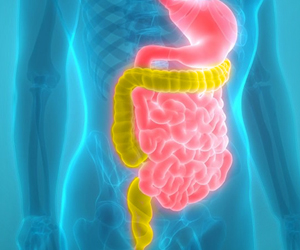New research suggests the tongue may have taste sensors dedicated to detecting fat, just as it does for salty, sour, bitter and sweet foods.
The study, which appears in the November issue of the Journal of Clinical Investigation, suggests that rats and mice exhibit a spontaneous attraction for lipids. Such a behavior raises the possibility that an orosensory system is responsible for the detection of dietary lipids. The fatty acid transporter CD36 appeared to be a plausible candidate for this function since it has a high affinity for long-chain fatty acids and is found in lingual papillae in the rat.Experiments were conducted in rats and in wild-type and CD36-null mice. The findings from this study demonstrate that CD36 is involved in oral LCFA detection and raise the possibility that an alteration in the lingual fat perception may be linked to feeding dysregulation.
The sense of taste informs the organism about the quality of ingested food. It is widely accepted that human taste buds pick up on five types of flavor -- sweet, bitter, salty and sour, and the new entry, the umami stimuli. Umami is best known as the taste of the Asian food additive MSG, the salt form of an amino acid. Umami is also found in some processed Western foods.
In humans, studies showed that obese subjects prefer lipid when compared with lean subjects, suggesting that inappropriate lipid perception might influence obesity risk by impacting feeding behavior.
The researchers conclude that the experimental results point to the existence of a protein-based fat sensor. In fact, when a specific gene was turned off, mice stopped craving fat and their gastrointestinal systems ceased preparing for its arrival.
French researchers say the existence of a built-in 'fat sensor' might prove a boon for dieters if researchers can figure out a way of turning it off to make fatty foods less tempting.
Advertisement





